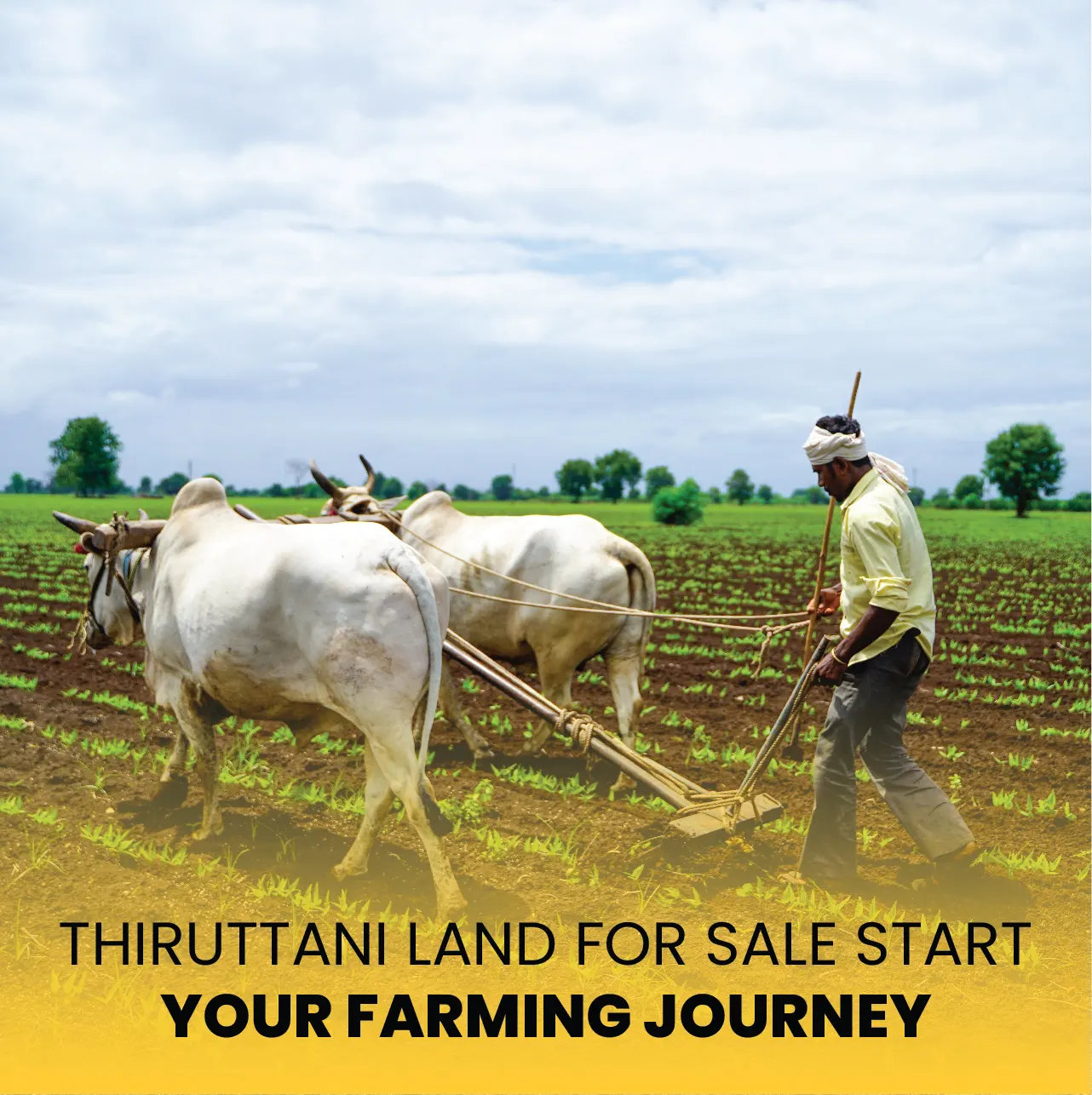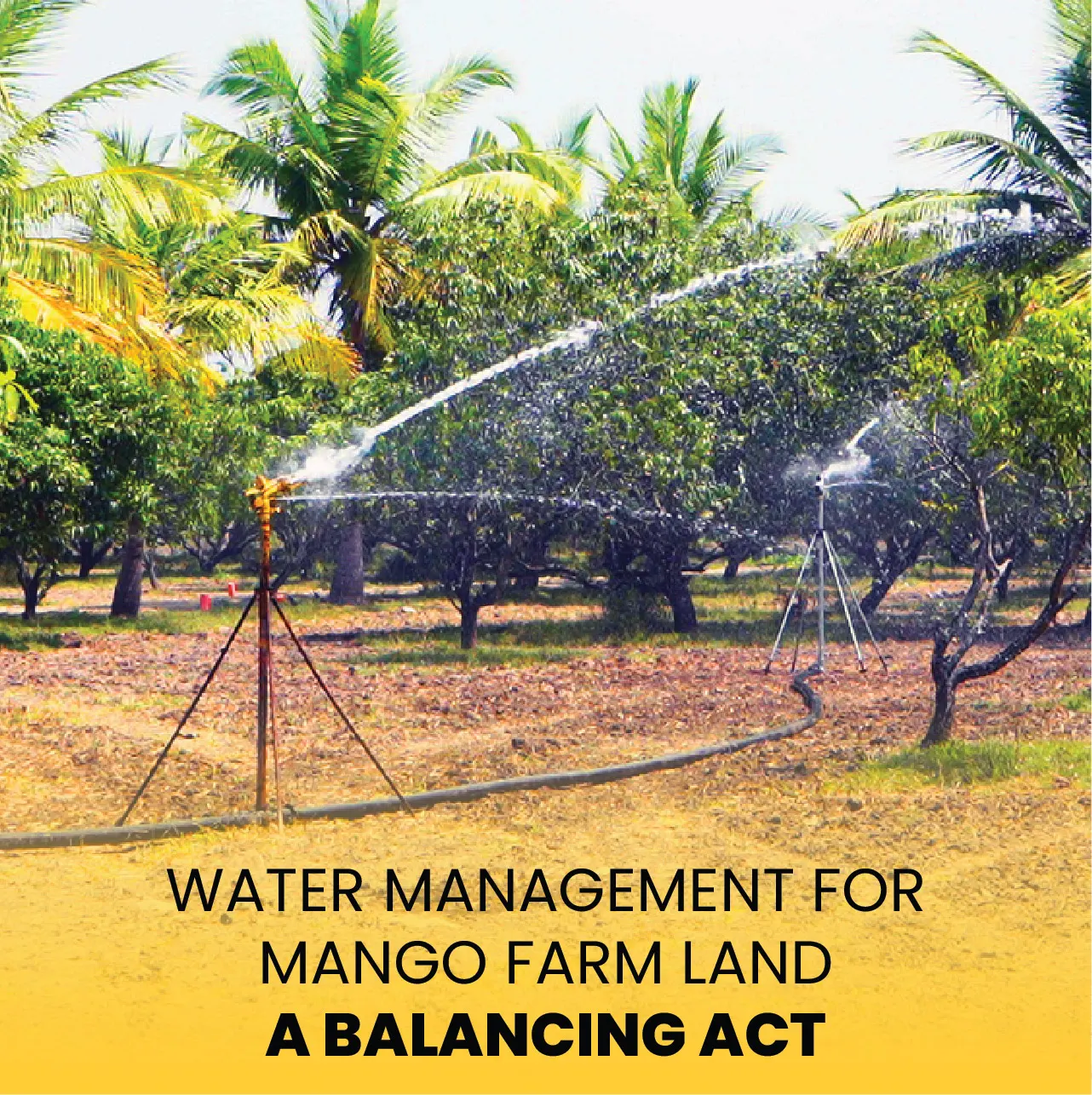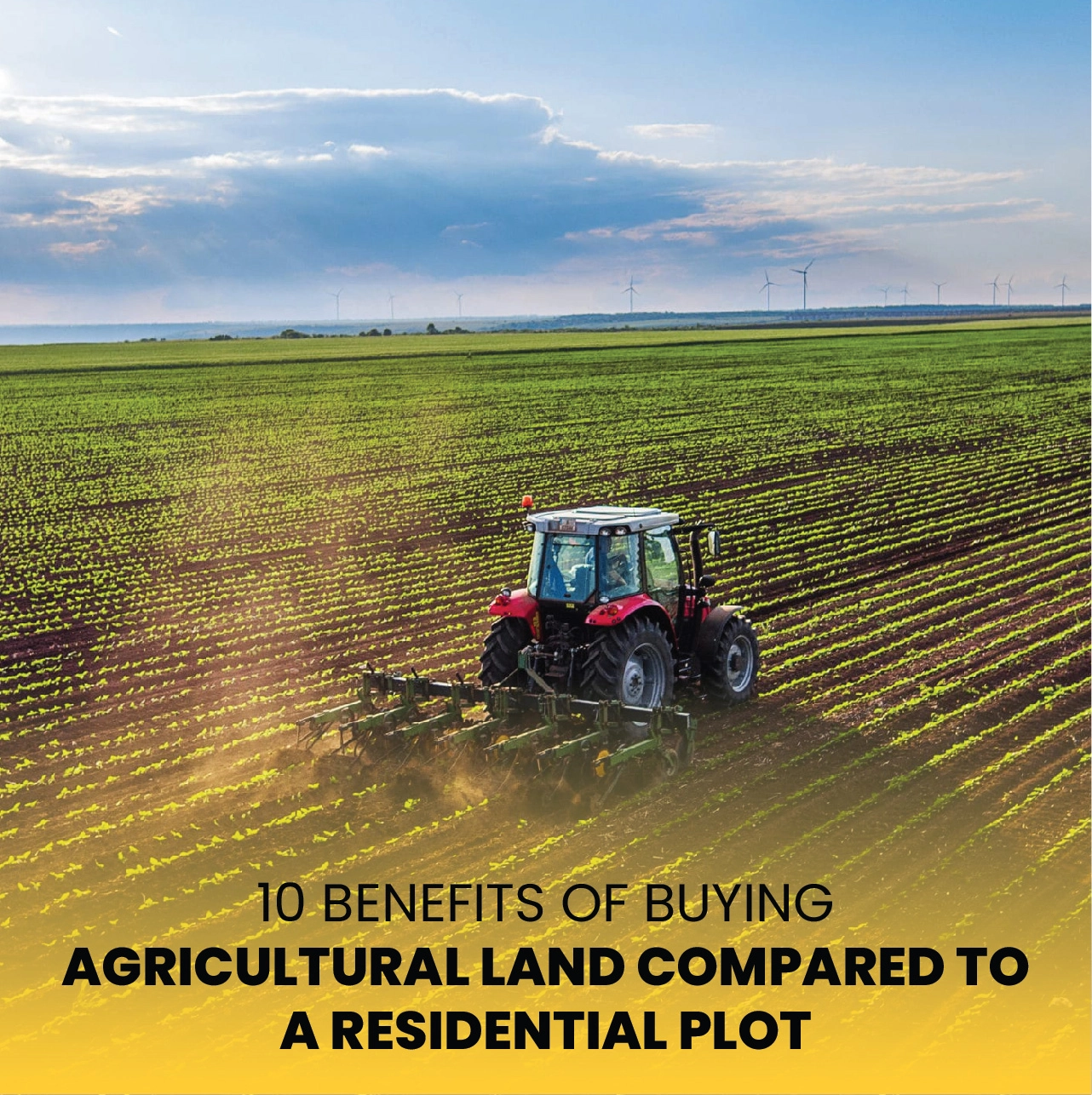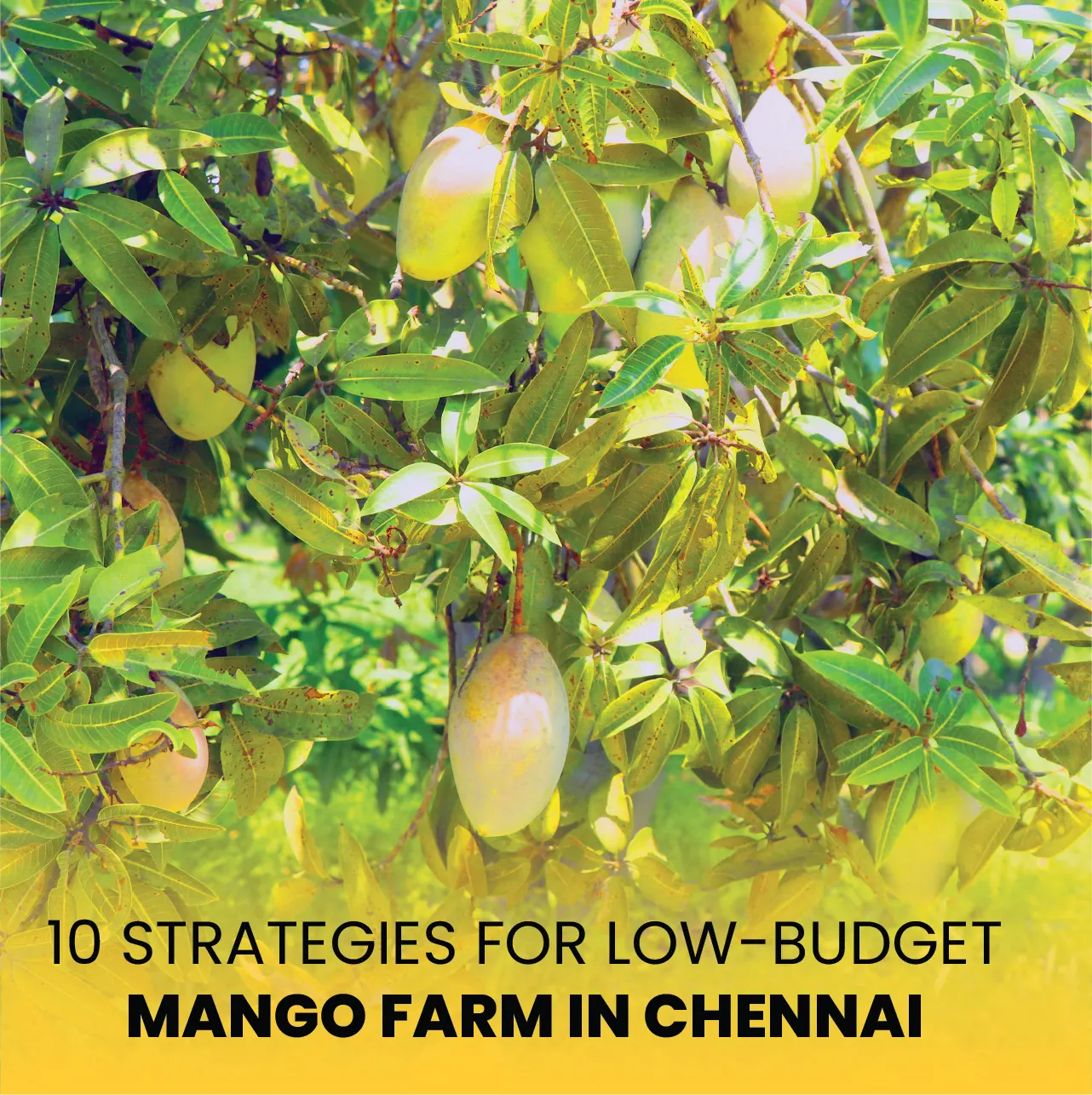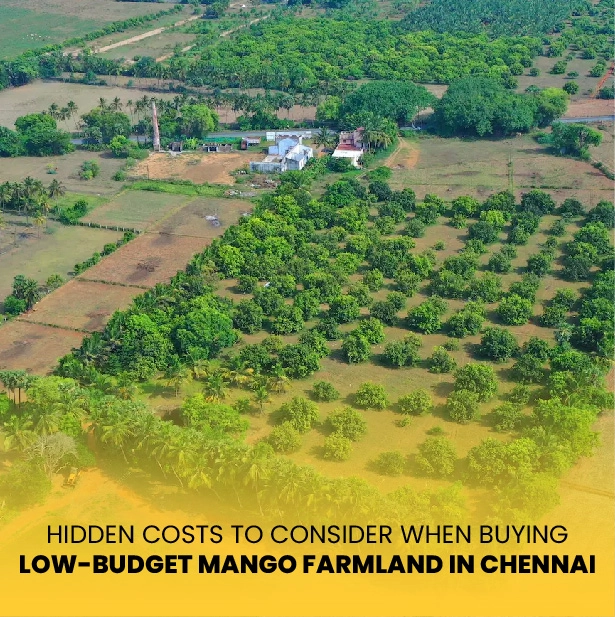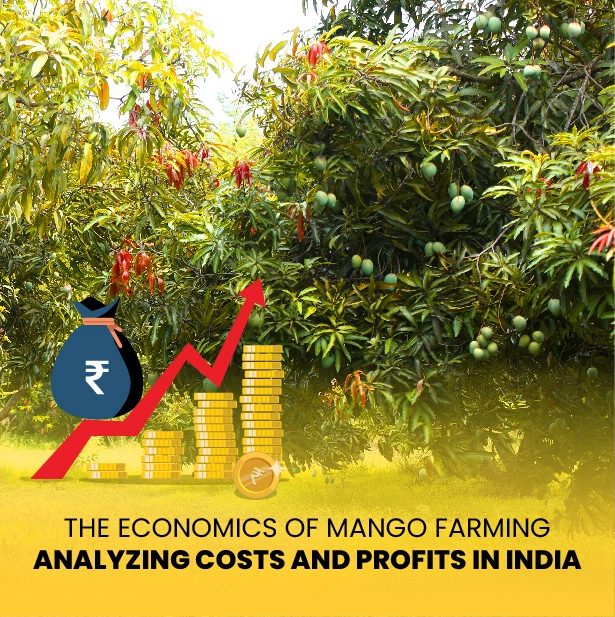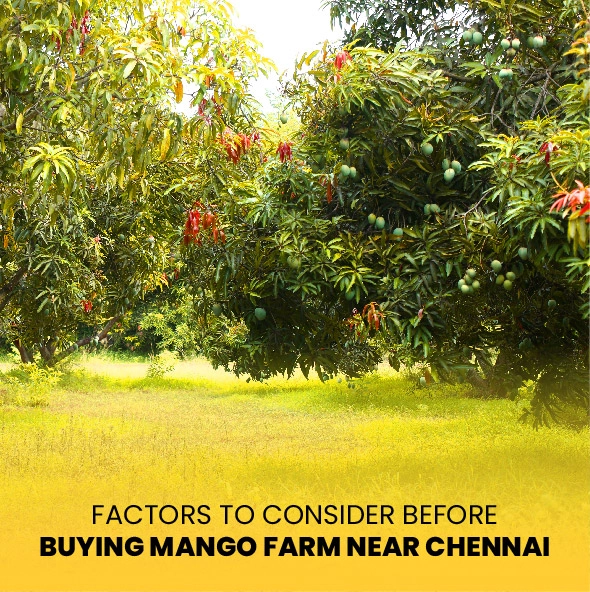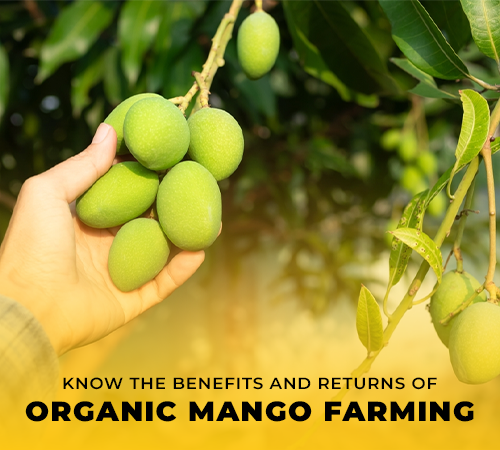India presents a range of agriculture farmland areas supporting a wide variety of crops because of its varied topography and temperature. Maximizing agricultural methods and raising crop yields depend on an awareness of these land types. India is home to five main types of agricultural land:
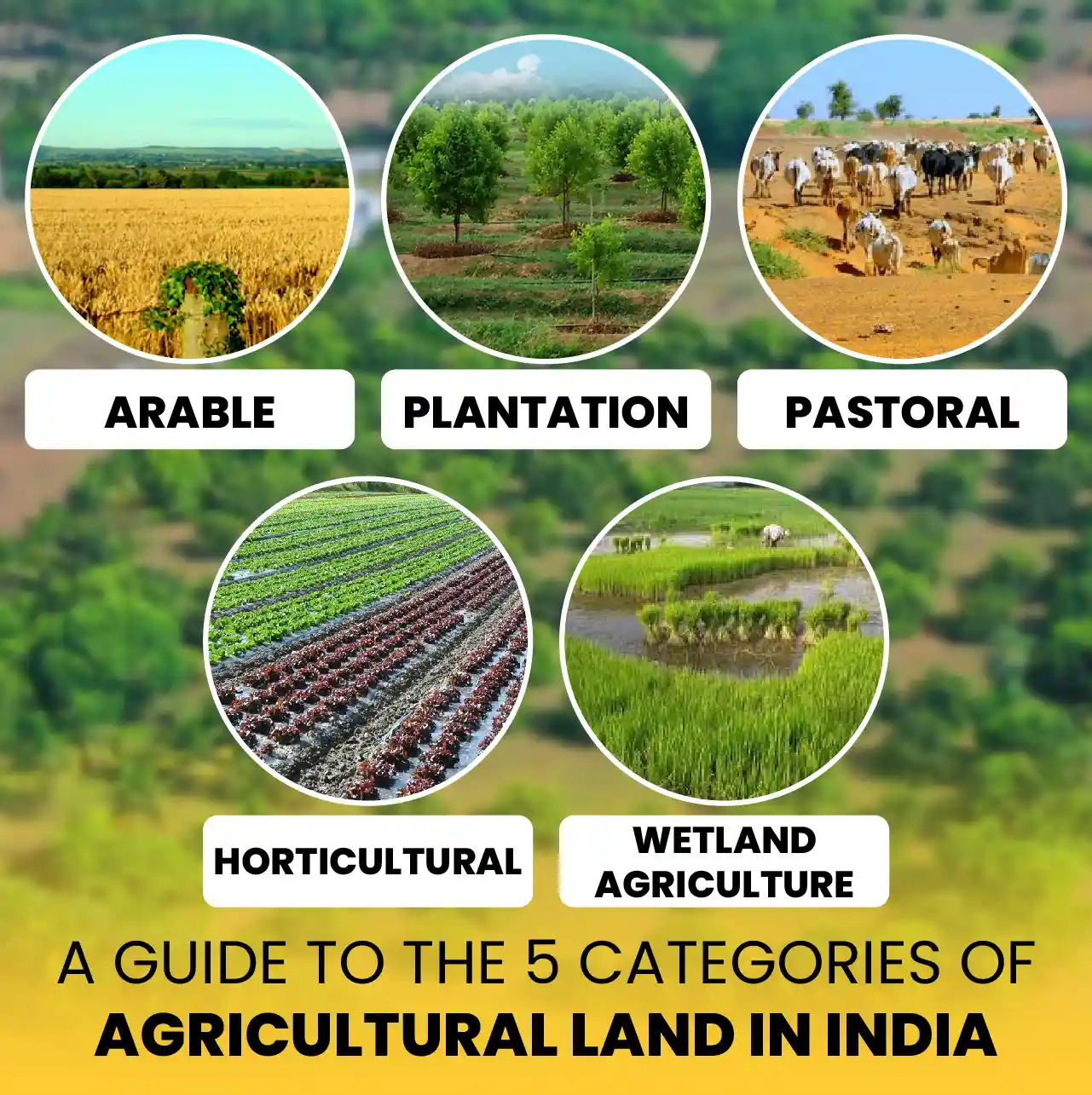
Arable terrain is suitable for plowing and cultivating crops that require soil development. Although this kind of terrain is rather scattered around India, there are notable concentrations in the rich Gangetic plains, the states of Punjab and Haryana, and areas of Maharashtra and Karnataka. Often distinguished by black soils in the Deccan plateau and rich alluvial soils in the plains, arable land is quite productive and vital for the generation of basic crops such as wheat, rice, maize, and legumes.
Arable ground supports current agricultural farmland technologies such as irrigation, fertilizer, and mechanization, allowing for intense farmland methods. Adoption of Green Revolution technologies—including high-yield variety seeds, chemical fertilizers, and modern irrigation systems—has resulted in a significant rise in crop output in areas including Punjab and Haryana. These areas guarantee food security for the country by supporting a substantial share of the agricultural sector and giving millions of farmers jobs.
India's food production system relies heavily on arable land, making it of utmost importance. Sustainable farming methods, crop rotation, and intercropping are among the initiatives meant to improve the fertility and output of arable land. Government programs such as the Soil Health Card Scheme and the Pradhan Mantri Fasal Bima Yojana (PMFBY) also seek to help farmers better manage their arable fields, therefore guaranteeing greater yields and more consistent income flow.
People reserve plantation land for the cultivation of perennial crops, which need a sustained commitment to yield harvests over multiple years. Plantation land is commonly found in tropical and subtropical areas of India, such as Kerala, Tamil Nadu, Karnataka, Assam, and some parts of northeastern India. Growing crops like tea, coffee, rubber, coconut, and numerous spices, including cardamom, black pepper, and cloves, on plantations is appropriate in areas with modest to heavy rainfall and humid weather.
Plantation property is often associated with well-managed, sizable commercial farmland operations. These areas generate consistent income over multiple years because of their perennial character and great export potential, which helps to explain the nation's foreign exchange earnings. For instance, Assam, West Bengal, and Karnataka's plantations propel India's position as one of the world's top producers of tea and coffee.
Managing plantation property needs both deliberate planning and financial commitment. Plantations commonly use agroforestry techniques, which involve planting trees and crops together to enhance soil health and biodiversity. Furthermore, plantation areas are increasingly adopting organic farming methods to meet the growing demand for organic goods in global markets. Plantation agriculture greatly influences the socioeconomic scene of plantation areas by supporting rural development and offering employment possibilities there.
Pastoral land, typically used for grazing animals such as cattle, sheep, goats, and camels, is found in arid and semi-arid areas such as Rajasthan, Gujarat, portions of Maharashtra, and the Himalayan regions. Usually typified by grasslands and shrublands, pastoral areas are ideal for grazing.
Pastoral land supports beef, wool, dairy, and other livestock-related industries, as well as other activities. It frequently incorporates traditional pastoral methods, including semi-nomadic and mobile herding. Many communities, especially in Rajasthan and Gujarat, where cattle rearing has been a way of life for millennia, have their pastoral way of life firmly entwined with their customs and culture.
Pastoral land maximizes land use efficiency and supports the livelihoods of pastoral people by using marginal areas that may be unfit for intense crop development. Pastoral land is more valuable than just farming; it also helps to preserve grassland ecosystems, which are essential for biodiversity protection. Different wildlife species find homes on the grasslands, and the grazing techniques support ecological equilibrium.
Government projects like the National Livestock Mission seek to boost pastoral communities' support and cattle output. The National Livestock Mission also aims to raise the quality of pastoral areas through sustainable grazing methods, water conservation strategies, and the creation of fodder resources. These projects ensure the long-term survival of pastoral farming, as well as the welfare of the societies that depend on it.
People set aside horticultural property to grow fruits, vegetables, flowers, and other highly valuable crops. With major portions in states like Himachal Pradesh, Uttarakhand, Maharashtra, Karnataka, and Tamil Nadu, this kind of terrain is somewhat scattered around India. Many times, areas with rich soils and suitable temperatures for particular horticultural crops feature horticultural acreage.
To increase output, horticulture crop development calls for specific methods such as organic farming, drip irrigation, and greenhouse farming. For example, while Maharashtra is well-known for its mango and grape farming, Himachal Pradesh and Uttarakhand are renowned for their apple orchards. To guarantee satisfactory yields and excellent output, these crops need exact control of soil fertility, water resources, and pest control.
Mango farming is an excellent example of horticultural land at its best. The portions of Tamil Nadu, Maharashtra, and Karnataka identified for horticultural excellence—that is, locations with rich soils and suitable temperatures—are ideal for mango production. Given the tremendous value of mangoes in both domestic and foreign markets, mango farming on farmland offers excellent financial returns. Mango is another common fruit in India that ensures continuous demand and a large market potential.
Wetland agriculture land is suitable for cultivating water-intensive crops because it makes use of land that is continually or seasonally soaked with water. Eastern states, including West Bengal, Odisha, and Assam, as well as portions of Kerala and Tamil Nadu, feature this kind of land most often. Wetlands are defined as high water tables, swams, and marshes.
Wetland agriculture farmland is mainly used for paddy (rice) farming, which grows well in wet conditions. It also helps other crops, including jute, taro, and other kinds of vegetables, flourish. Wetland agriculture depends especially on certain agricultural techniques, including the building of bunds, paddy fields, and effective water management systems. Known as the "Rice Bowl of Kerala," the complex irrigation systems in Kerala's Kuttanad area are evidence of the sophisticated agricultural methods evolved for marsh farming.
For a significant portion of the Indian population, rice is a basic diet that depends on wetland agriculture. India, one of the world's biggest rice growers, depends heavily on wetland areas for this production. Wetlands are important for reasons other than only agriculture; they support great diversity, including many aquatic life and migratory birds. Important ecological functions, including water purification, flood control, and groundwater recharge, which wetlands offer, make them indispensable for environmental viability.
Maintaining the production and ecological purposes of wetlands depends on efforts toward management and conservation. To help preserve and rebuild wetland ecosystems, the government has started projects such as the National Wetland Conservation Program. Promoted to maximize rice harvests while lowering environmental effects, sustainable farming methods include the System of Rice Intensification (SRI). These methods guarantee the long-term survival of marsh farming, as well as the livelihoods of the farmers who depend on it.
India's agricultural farmland scene is quite diversified, with every kind of terrain providing special possibilities and difficulties. Understanding the features and purposes of various agricultural areas helps farmers make wise decisions, improving sustainability and output. Whether you are tending to floral gardens or arable fields, the first step toward successful farming is knowing your property. Apart from providing food security, the several agricultural lands in India are very important for the livelihoods of millions of farmers, thereby boosting rural economies and helping India grow generally.
Buying mango farms offers a special chance to profit from India's rich agricultural legacy. Your investment in mango land can result in abundant harvests and large financial benefits, depending on the location and the correct management techniques. Discover the opportunities for modern mango farming to ensure a bright future in India's booming agricultural scene.
